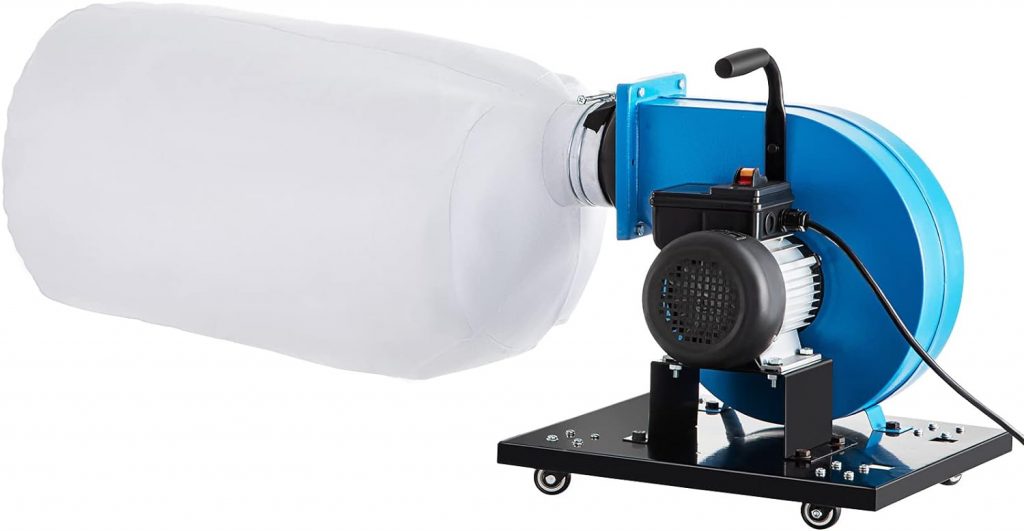In today’s industrial landscape, the emphasis on efficiency and space optimization has led to significant advancements in the design of dust collectors. These essential systems are vital for maintaining air quality and ensuring compliance with health and safety regulations. As industries seek to maximize their operational footprint while minimizing environmental impact, modern dust collectors have evolved into compact and efficient solutions that cater to these needs.
Space-Saving Designs
Traditional dust collection systems often occupied substantial floor space, making them cumbersome for facilities with limited room. However, contemporary designs prioritize compactness without sacrificing performance. Innovations such as vertical configurations, modular units, and wall-mounted systems allow for more effective space utilization. By adopting a vertical approach, manufacturers can reduce the system’s footprint, enabling integration into tighter spaces while maintaining high collection efficiency.

Advanced Filtration Technologies
Modern dust collectors leverage advanced filtration technologies that enhance performance while minimizing size. HEPA High-Efficiency Particulate Air filters, cyclonic separation, and electrostatic precipitators are examples of effective filtration systems that have been integrated into more compact designs. These technologies capture a wide range of particulate sizes, ensuring cleaner air without the need for larger, more cumbersome systems. The result is a dust collector that can be both powerful and unobtrusive, making it easier to incorporate into existing facilities.
Energy Efficiency and Sustainability
Efficiency extends beyond space utilization energy consumption is a critical factor in dust collector troubleshooting. Innovative designs often include energy-efficient motors and variable speed drives that adjust airflow according to operational needs. This adaptability not only reduces energy costs but also minimizes wear and tear on the equipment, resulting in longer service life and reduced maintenance requirements. Furthermore, many manufacturers are incorporating sustainable materials and practices into their designs, aligning with the growing demand for environmentally friendly solutions.
Modular and Scalable Solutions
The modular nature of many modern dust collectors allows businesses to customize their systems according to specific operational needs. This flexibility enables companies to scale their dust collection capabilities as production demands change without necessitating a complete system overhaul. Modular designs facilitate easy upgrades and expansions, ensuring that dust collection systems can grow alongside the business, optimizing space and resource utilization.
User-Friendly Features
Contemporary dust collectors are also designed with user-friendliness in mind. Features such as easy access for maintenance, integrated monitoring systems, and automated controls simplify operation and upkeep. These user-centric designs contribute to overall efficiency by reducing downtime and ensuring that the systems operate at peak performance. Facilities can benefit from reduced labor costs and enhanced productivity when maintenance is straightforward and intuitive.
The evolution of dust collector design reflects a broader industry trend toward optimizing space utilization and operational efficiency and check here www.tysum.com. With advancements in compact designs, filtration technologies, energy efficiency, and modularity, modern dust collectors are now more effective than ever. By incorporating these innovations, businesses can ensure compliance with health standards while maximizing their available space and resources. As industries continue to grow and evolve, the importance of efficient dust collection solutions will remain paramount, making these modern systems a crucial component of any operational strategy.
